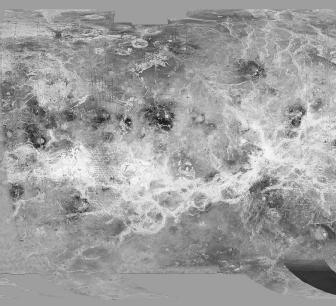Xenon

MELTING POINT:
−111.79°C
BOILING POINT:
−108.12°C
DENSITY:
No data available
MOST COMMON IONS:
HXeO
4
−
,
HXeO
6
3−
Xenon (its name derived from the Greek word xenos , meaning "strange"), is the heaviest of the noble gases . Discovered in 1898 in London by Sir William Ramsay and Morris Travers while engaged in their investigations of liquid air, xenon accounts for less than 1 ppm of the volume of Earth's atmosphere. It is present in the Sun and in the atmospheres of Mars, Venus, and Mercury.
At room temperature xenon is a colorless, odorless gas. Upon freezing it forms a crystal with a face-centered cubic structure. The chief application of xenon gas is its use in various kinds of lamps. In an electric discharge

tube it produces a blue glow. Liquid xenon is used in some particle detectors that are used in space-based research.
Unlike the lighter noble gases, xenon is not produced by nucleosynthesis within stars. It is made during supernova explosions. It is also formed on Earth through radioactive decay (e.g., of iodine-135) and in fission reactions, and it is sometimes found in gases emitted from mineral springs. It has nine stable isotopes , of which xenon-129 and xenon-132 are the most abundant (26.4% and 26.9%, respectively).
Also, unlike the lighter noble gases, which are inert, xenon is able to form compounds, mostly with oxygen and fluorine.
SEE ALSO Noble Gases .
Richard Mowat
Bibliography
Lide, David R., ed. (1996). CRC Handbook of Chemistry and Physics , 77th edition. Cleveland: Chemical Rubber Company Press.
Internet Resources
Jefferson National Laboratory. Available from http://education.jlab.org/glossary/abund_atmos.html .
NASA's Cosmic and Helioscopic Learning Center. Available from http://helios.gsfc.nasa.gov/nucleo.html .
"The Nobel Lecture of Sir William Ramsay." Nobel e-Museum. Available from http://www.nobel.se/chemistry/laureates/1904/ramsay-lecture.html .
WebElements Periodic Table. Available from http://www.webelements.com/webelements/elements .
Comment about this article, ask questions, or add new information about this topic: